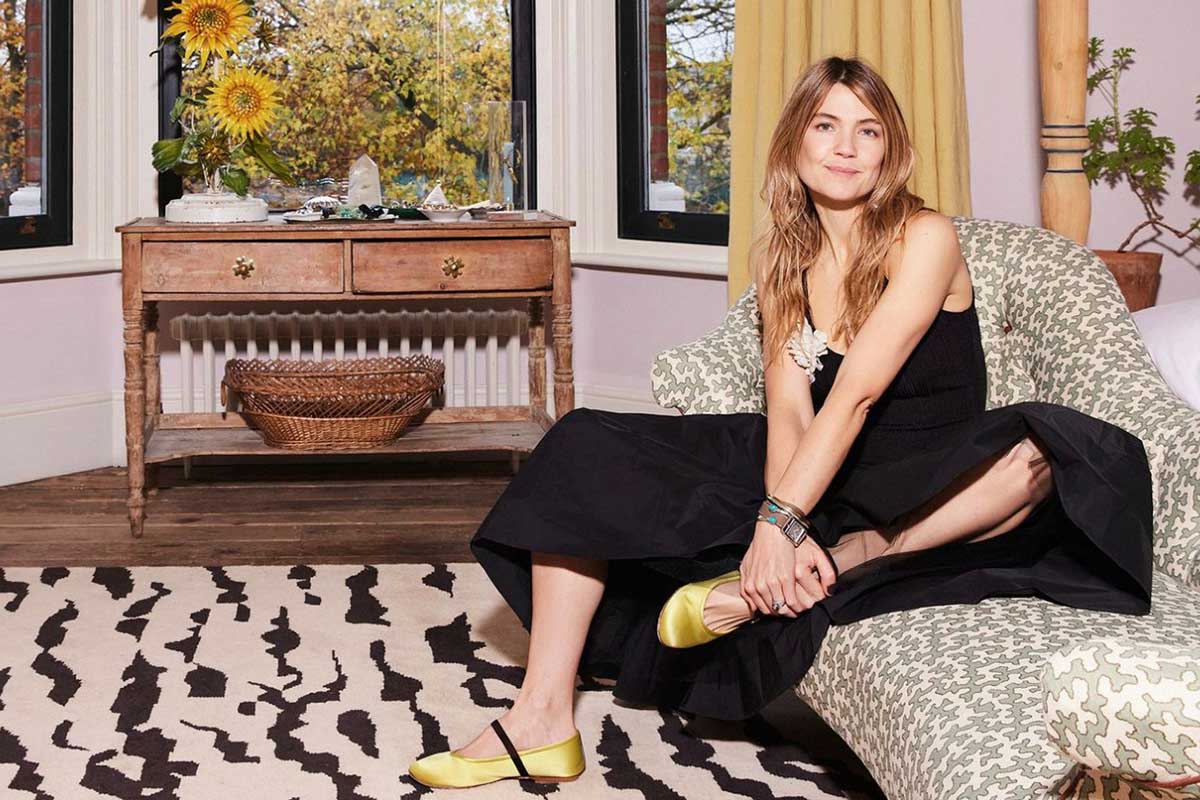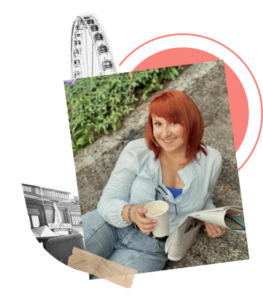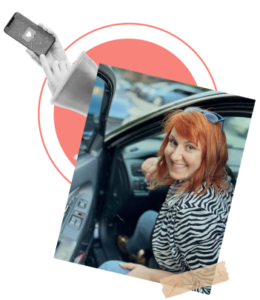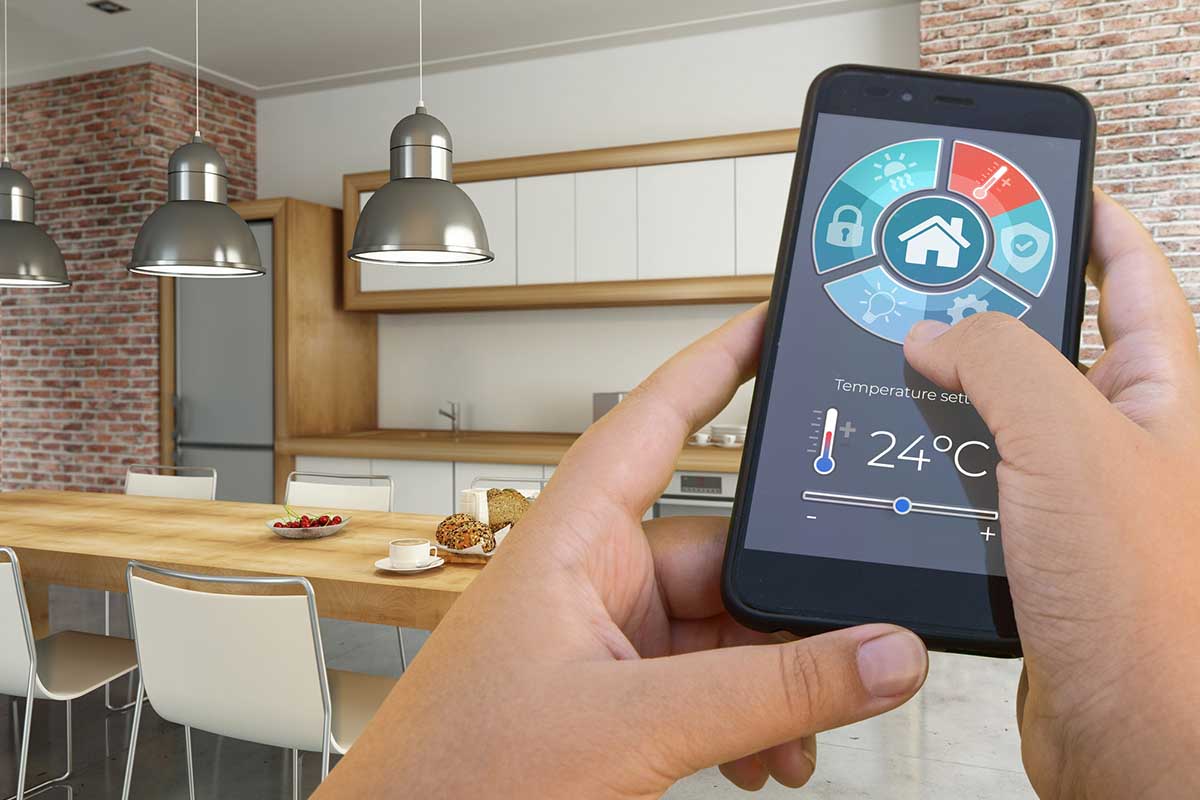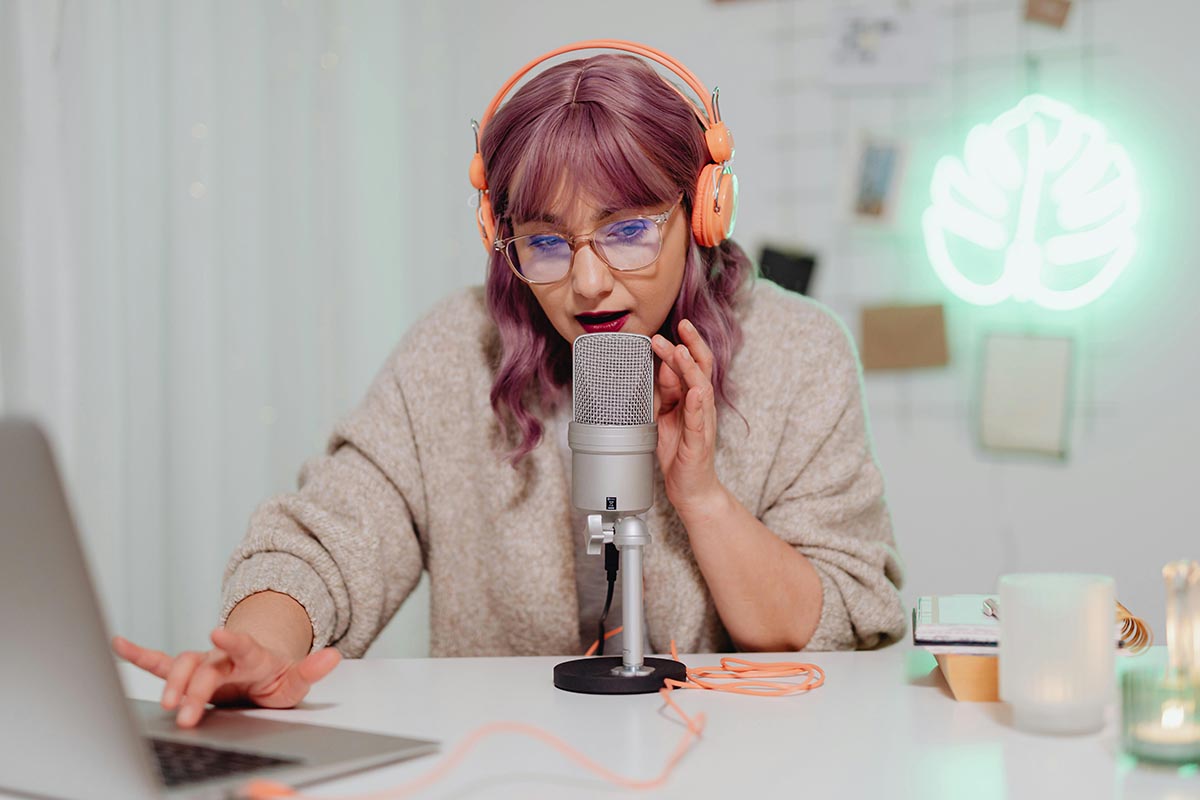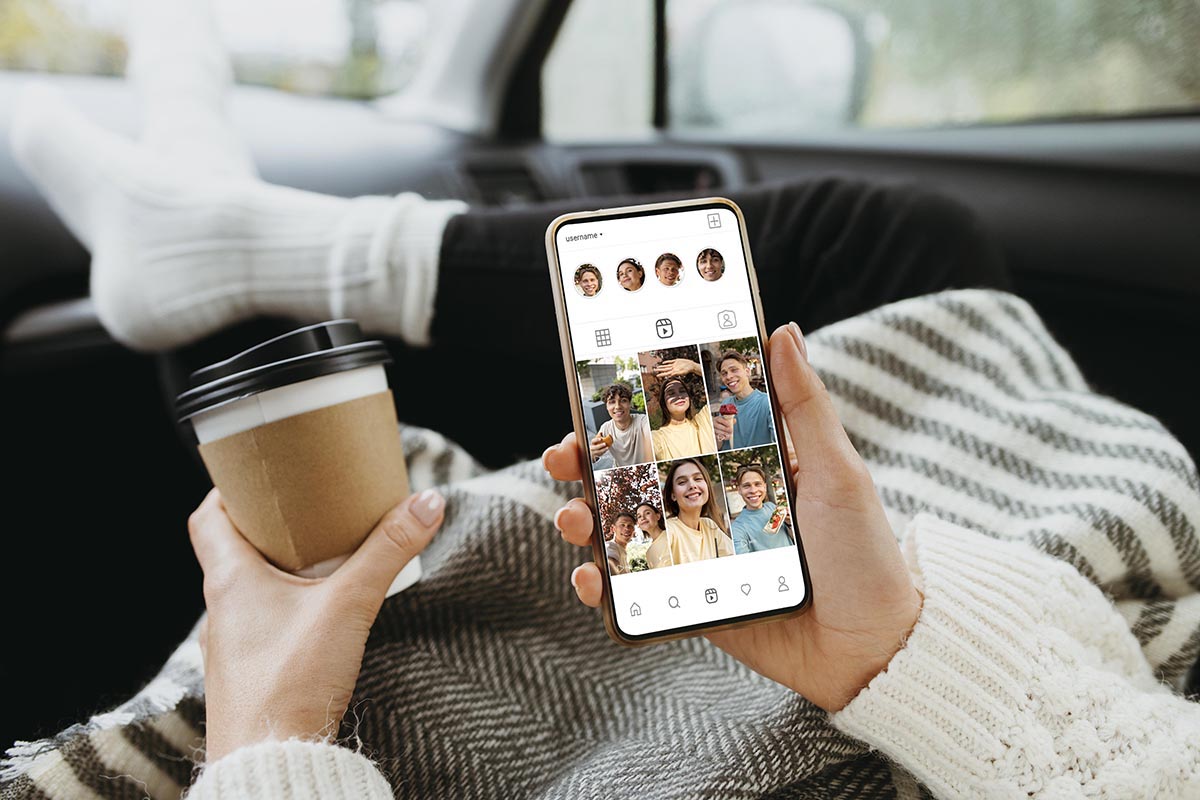Dopamine Interior — When Your Apartment Becomes a Drug
✨ Key Points
Dopamine interiors are Gen Z’s rebellion against beige minimalism.
Bright, personal spaces boost real dopamine and emotional wellbeing.
Designers like India Mahdavi and Sasha Bikoff shape this colorful revolution.
There’s a new trend taking over homes — and hearts.
It’s called the dopamine interior, and it’s not just about decorating. It’s about feeling.
It’s when your apartment becomes a drug — something that gives you instant happiness, the same way music, travel, or sunlight does.
Millennials and Gen Z are clashing in colors. Literally.
Millennials are the generation of beige walls, gray sofas, and empty shelves.
Perfect order, perfect calm.
No visual noise, no extra emotions. For them, home means peace — because they grew up in chaos.
They remember the floral wallpapers, carpets with golden ornaments, and crystal cabinets filled with sets “for guests only.”
That overdecorated world made them crave silence.
So when they got their own homes, they turned them into temples of minimalism — clean, neutral, functional.
But Gen Z looked at all that beige perfection and said:
“Enough boredom!”
The Birth of the Dopamine Interior
Dopamine interior exploded on TikTok around 2022–2023.
The term came from dopamine dressing — a fashion idea that dressing in bright colors boosts your mood.
It quickly jumped from closets to living rooms.
Interior designer Justina Blakeney, founder of The Jungalow, once said, “Your home should make you feel alive.”
And that’s exactly what Gen Z took literally.
Now their homes look like candy boxes: a neon pink couch, lime green chairs, lilac walls, vintage toys, mismatched patterns, and disco lamps.
Everything feels like a Pinterest mood board collided with a childhood dream.
It’s not chaos — it’s personality.
The rule is simple: if it doesn’t make you smile, it doesn’t belong in the house.
Why This Trend Feels So Good
Psychologists say that color affects mood stronger than we realize.
Yellow triggers optimism and creativity.
Pink gives comfort and warmth.
Blue calms the nervous system.
Green restores balance.
And when these shades mix — they literally stimulate dopamine, the “happiness chemical.”
Design psychologist Dr. Sally Augustin notes that our brains associate bright colors with abundance and safety.
How to Find Your PlaceType and Align Your Life With Design
In a post-pandemic world, after years of gray uncertainty, people are craving color like oxygen.
Gen Z took that craving and turned it into design activism.
Their homes are no longer just “living spaces.” They’re self-portraits.
Social Media Made Homes Emotional
Millennials wanted order; Gen Z wants emotion.
Millennials wanted privacy; Gen Z wants shareability.
They grew up on TikTok and Instagram, where life is curated through small aesthetic moments.
A cozy corner, a pink lamp, a green mug — all of it becomes content. Their apartments are designed not only to live in, but to be seen.
Interior stylist Matilda Goad says, “Home should feel like a conversation — every object should say something about you.”
That’s exactly what Gen Z does. They collect objects like memories: posters from old concerts, vintage figurines, colorful books, handmade ceramics.
Every corner is a story.
It’s not about perfection — it’s about emotion.
From Beige to Bold — The Great Generational Shift
If Millennials’ mantra was “less is more,” then Gen Z’s version sounds like “more is more — if it makes me happy.”
And it’s not just rebellion for the sake of rebellion. It’s cultural evolution.
When Millennials were buying their first homes, social media was about minimalism and status — think Scandinavian interiors, white walls, muted tones.
But Gen Z entered the housing world during a time of mental health conversations, self-expression, and digital burnout.
They’re also Gen Z obsessed with vintage — not because it’s trendy, but because it feels real.
Each retro lamp, thrifted chair, or old toy brings a sense of nostalgia and grounding in a hyper-digital life.
For them, mixing the past with the present isn’t contradiction — it’s comfort.
They don’t want calm — they want stimulation.
They want to feel alive inside their space.
That’s why dopamine interiors aren’t about design rules.
They’re about joy therapy.
Designers Who Embrace the Dopamine Wave
Many contemporary designers are embracing this philosophy:
Sasha Bikoff creates interiors that look like modern art — bold, unapologetic, maximalist.
India Mahdavi, the designer behind London’s iconic pink restaurant Sketch, says: “Color is my tool for happiness.”
Camille Walala mixes Memphis-style geometry and bright hues to transform urban sadness into visual excitement.
Their message is the same: Color is energy. And home is not supposed to mute your energy — it should amplify it.
The Science Behind Joyful Design
According to The Journal of Environmental Psychology, vibrant interiors can boost mood by up to 40% when the colors align with the person’s personality.
That’s why the same hot-pink wall that energizes one person can overwhelm another.
Dopamine interiors work best when they’re authentic — when you surround yourself with colors and objects that resonate emotionally.
And here’s where the secondhand market steps in.
Gen Z isn’t just painting walls — they’re curating emotions through objects with stories.
Thrift stores, flea markets, and online resale platforms have become emotional treasure hunts.
The same way they embraced secondhand fashion, they now bring that mindset into home design — mixing vintage furniture, repurposed art, and preloved décor to create something that feels alive.
It’s not about perfection or luxury anymore.
It’s about meaning, sustainability, and emotional chemistry between a person and their space.
A vintage toy from childhood.
A green vase you found at a flea market.
A poster from your favorite band.
Each object becomes an emotional anchor.
It’s not about making your home “TikTok-worthy.”
It’s about making it you-worthy.
How to Create a Dopamine Interior Without Losing Balance
A few simple designer-backed tips:
Start small. Add a bold accent — like a pink lamp or patterned rug — before repainting the whole room.
Mix eras. Combine vintage finds with new pieces. Nostalgia fuels dopamine because it connects the past and the present emotionally.
Play with texture. Fuzzy, shiny, smooth — tactile diversity keeps the space emotionally alive.
Use color zoning. Designers from Studio McGee recommend defining moods by color areas: calm corner (blue), creative corner (yellow), cozy corner (peach).
Don’t overthink. The point is joy, not perfection.
Every Generation Needs Its Own Color
Maybe that’s what it’s all about — not just design, but identity.
Millennials found safety in simplicity. Gen Z found freedom in chaos.
And both are right in their own way. Because a home should always reflect the emotional state of its time.
Right now, that state is loud, colorful, and full of hope.
It’s an antidote to burnout and digital fatigue — a reminder that we can still feel joy through simple, physical things.
So if your home feels a little too calm, a little too gray — maybe it’s time to let in some color.
To let in a bit of dopamine.
Because as one designer put it:
“A happy home doesn’t follow trends — it follows emotions.”



